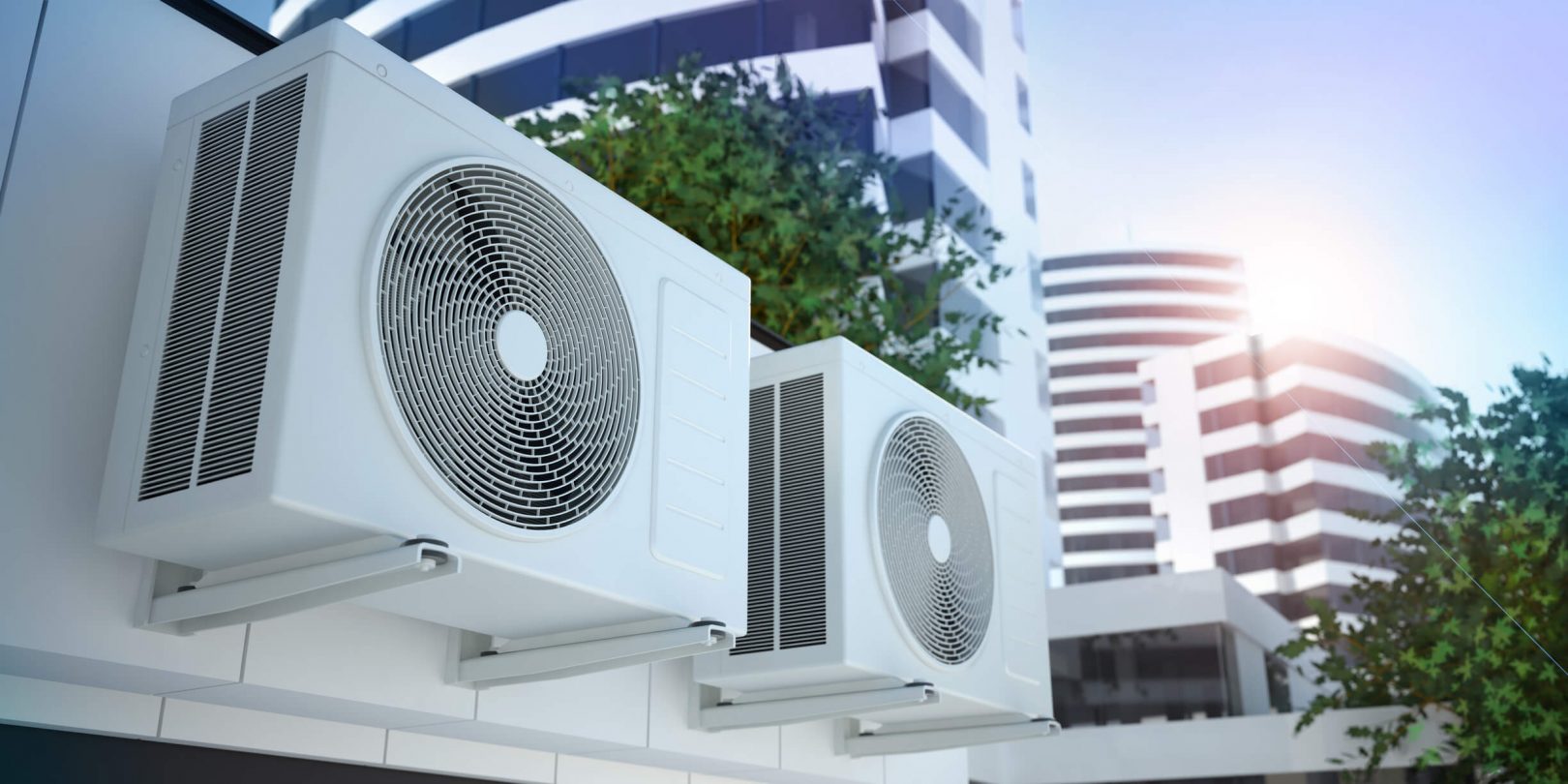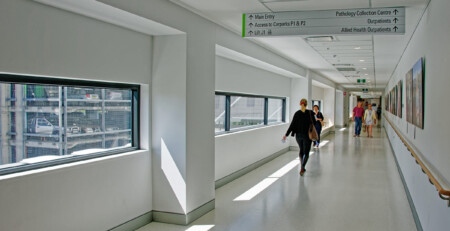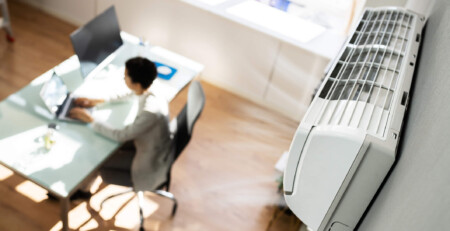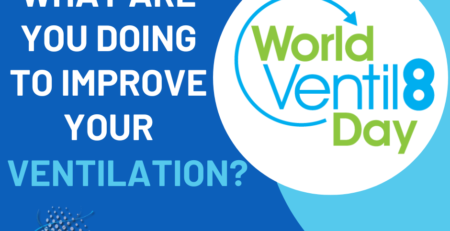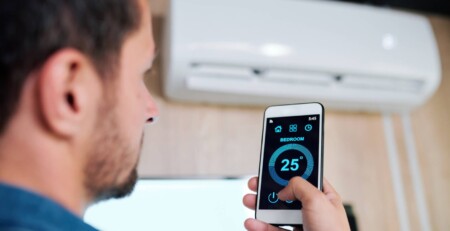Can we develop resilient buildings to protect against climate change? The experts say we can – and we must
Have you noticed the word ‘resilience’ has become a buzz word of late? It means bouncing back from difficult events and with so much happening – drought, bushfires, floods, and a global pandemic – the term aptly reflects our rapidly changing experiences.
You’re about to hear the word resilience some more. In a world impacted by climate change, the focus is shifting to improving the resilience of our built environment. That means making our buildings capable of surviving extreme weather events. And it starts with HVAC systems.
The HVAC conundrum: they cool us down but heat up the planet
There’s no denying we rely on heating, ventilation, air conditioning and refrigeration (HVAC&R) – think about productivity, our cold chains and even our comfort. But on the flip side, these systems account for a quarter of all generated electricity in Australia and almost 12% of total national emissions.
The conundrum is the more reliant we are on energy guzzling HVACs, the more damage they pose to the environment. So do we sit back and accept our altering climate? Or do we adapt and focus on a path to net zero buildings?
The Australian Institute of Refrigeration Air Conditioning & Heating (AIRAH) says the latter.
The action plan to achieving resilience
The AIRAH says we must improve the resilience of buildings to withstand the rise of heatwaves, cold snaps and floods.
It has created a checklist to improve the resilience of buildings and HVAC systems. At its core, the checklist identifies the climate risks to buildings and how we can better design, engineer and install HVAC equipment to manage for resilience.
Why is this such good news?
The Texas A&M University scientists believe they are on the path to optimising this organic material to drastically boost HVAC efficiency.
Their study has excited industry experts who are on the quest for more efficient HVAC method that also combats climate change.
A polyimide-based dehumidifier could be a cost-effective alternative to the conventional dehumidifiers used in HVAC systems that we know are very costly.
Or as one of the researchers put it: “These polymer-based membranes, we think, will help develop the next generation of HVAC and dehumidifier technologies that are not just more efficient than current systems but also have a smaller carbon footprint.”
The researcher, Hae-Kwon Jeong, said while more needed to be done to enhance the performance of the membrane to make the HVAC technology affordable, “we are certainly taking strides in that direction”.
What does a resilient building look like anyway?
For starters, light coloured roofs can reduce indoor temperatures by almost 5% while window films, blinds and awnings can save up to 47% of HVAC running costs.
Air conditioning installation of HVAC systems in optimum locations can also create resilience. There are obvious suggestions, such as elevating equipment above flood lines in high risk areas and securing ductwork installation to withstand storms, high winds and shock events.
But then there is being meticulous about where to install HVAC equipment to minimise the heat island effect. The wrong decision can impact energy efficiency and may even lead to equipment failure.
What is the Heat Island Effect and what can you do about it?
HVAC systems absorb heat from the interior of buildings and releases it into the outdoor environment, raising the nearby temperature. This extra warmth generates a little heat bubble – a concept described as a “heat island”.
The heat island effect in plant rooms with poor air circulation, for example, can cause temperatures to rise by up to 10% and impact the performance and efficiency of HVAC equipment. Similarly, the heat island effect can be exacerbated on roof tops where equipment is exposed to the sun. Radiant heat can cause temperatures to rise significantly and cause electronic components to fail suddenly.
The AIRAH Resilience Checklist recommends shading equipment from direct sun and allowing for space between units to encourage air flow.
Incorporating these strategies will help reduce the load for air conditioning and, in turn, reduce running costs and emissions.
Consult the professionals to improve your HVAC resiliency
In its most recent report, the Intergovernmental Panel on Climate Change says Australia will continue to be exposed to more heatwaves, cold snaps and floods. The Resilience Checklist is one way to safeguard our built environment against the impacts of extreme weather events and support the industry move towards net-zero buildings.
As commercial air conditioning specialists, Ausmech Air can help you understand the resilience strategies, protect your HVAC assets and show you how to get longevity from your equipment. Ask us how.

